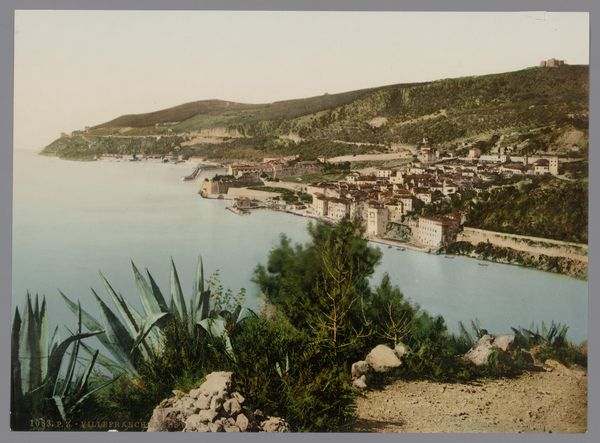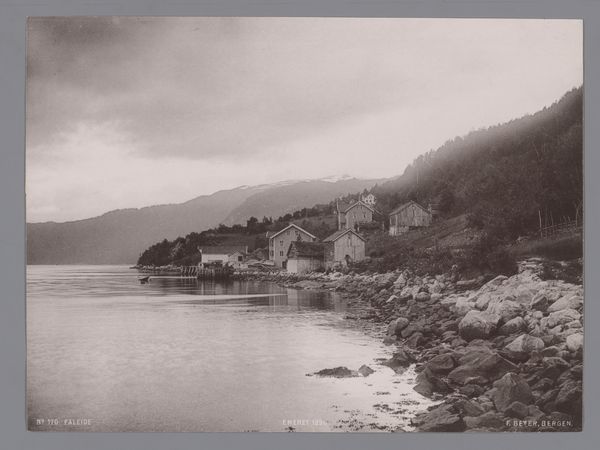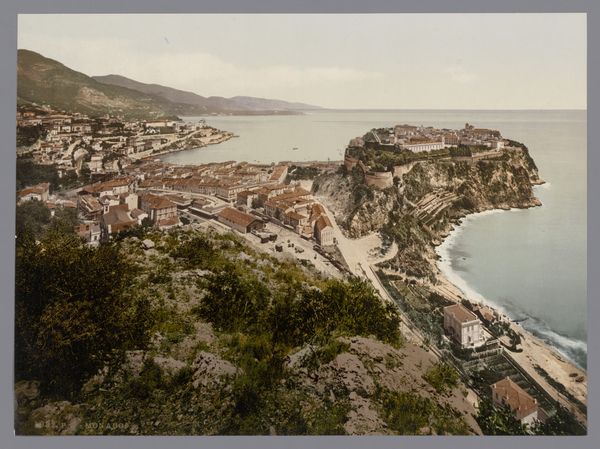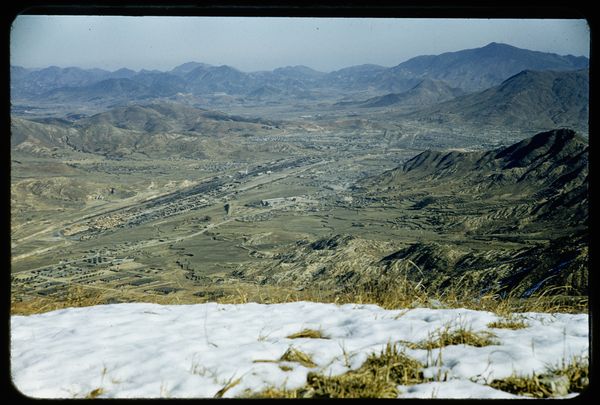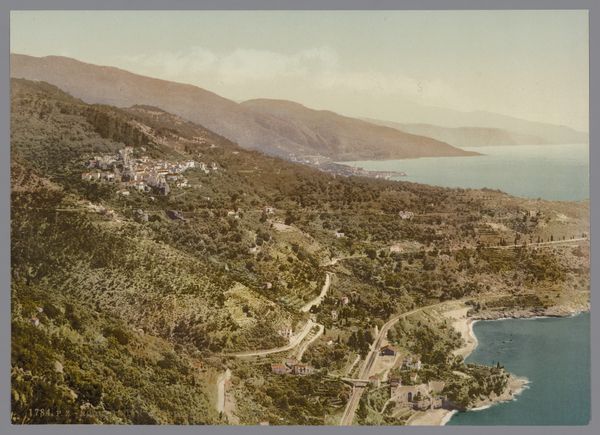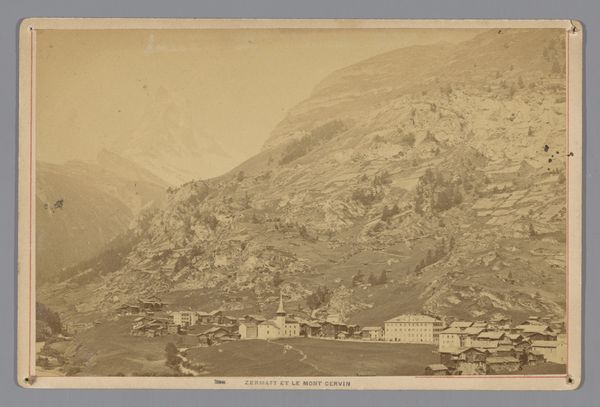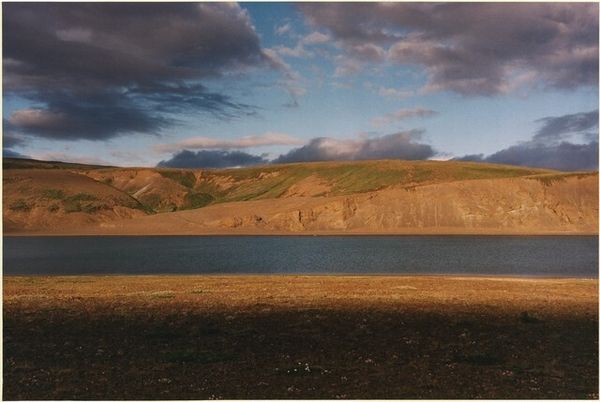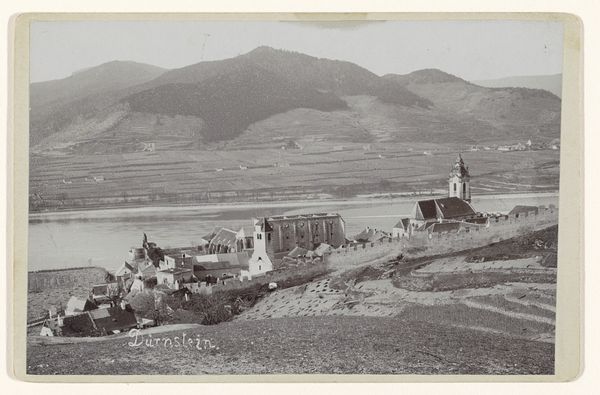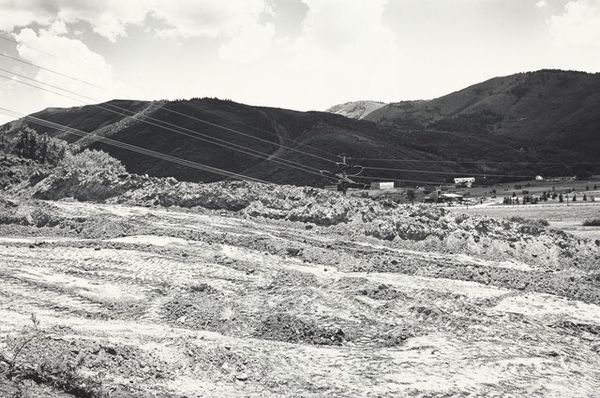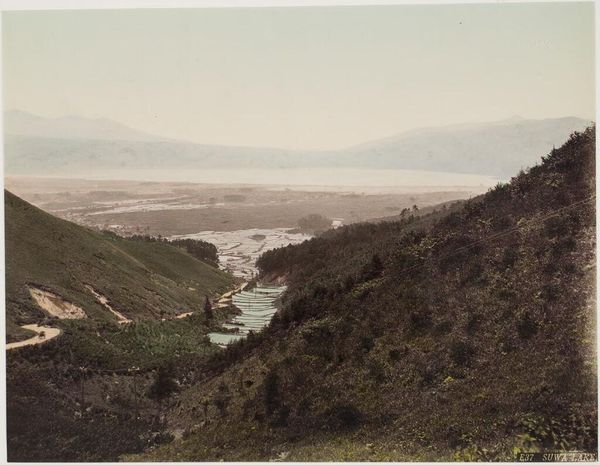
photography
#
asian-art
#
landscape
#
photography
#
realism
Dimensions: height 5 cm, width 5 cm
Copyright: Rijks Museum: Open Domain
Editor: This photograph, "Koreaans marinevaartuig," taken between 1952 and 1959, presents a coastal scene. The stillness of the water against the backdrop of simple dwellings evokes a sense of quiet isolation. How do we interpret this image in its historical moment? Curator: Given the timeframe, immediately following the Korean War, it's impossible to separate this photograph from its socio-political context. While seemingly serene, the presence of the naval vessel prompts questions. Is this a symbol of occupation, protection, or perhaps a nation rebuilding? The image normalizes military presence, blurring the lines between everyday life and potential conflict. What kind of narrative is being crafted through the photographic lens? Editor: So, even in this ostensibly peaceful scene, the historical context subtly shifts our perception? Curator: Precisely. Consider also the visual hierarchy: The landscape and its inhabitants seem almost dwarfed by the military presence. The "realism" of the photograph masks a carefully constructed narrative, implicitly endorsing a certain power dynamic. How does its presence within the Rijksmuseum contribute to that narrative today? Editor: That’s a powerful point. I hadn't considered the museum's role in perpetuating or challenging those power dynamics. Curator: It's crucial to analyze whose stories are being told, and from what perspective. Even a landscape can be laden with political significance. The photograph invites us to interrogate not only the scene it depicts, but the very act of representation itself. Editor: Thinking about it that way really changes my perspective. Thank you for helping me look beneath the surface. Curator: It's important to remember that museums aren't neutral spaces; their collections and display choices tell specific stories, reflecting evolving cultural values and ideologies.
Comments
No comments
Be the first to comment and join the conversation on the ultimate creative platform.
